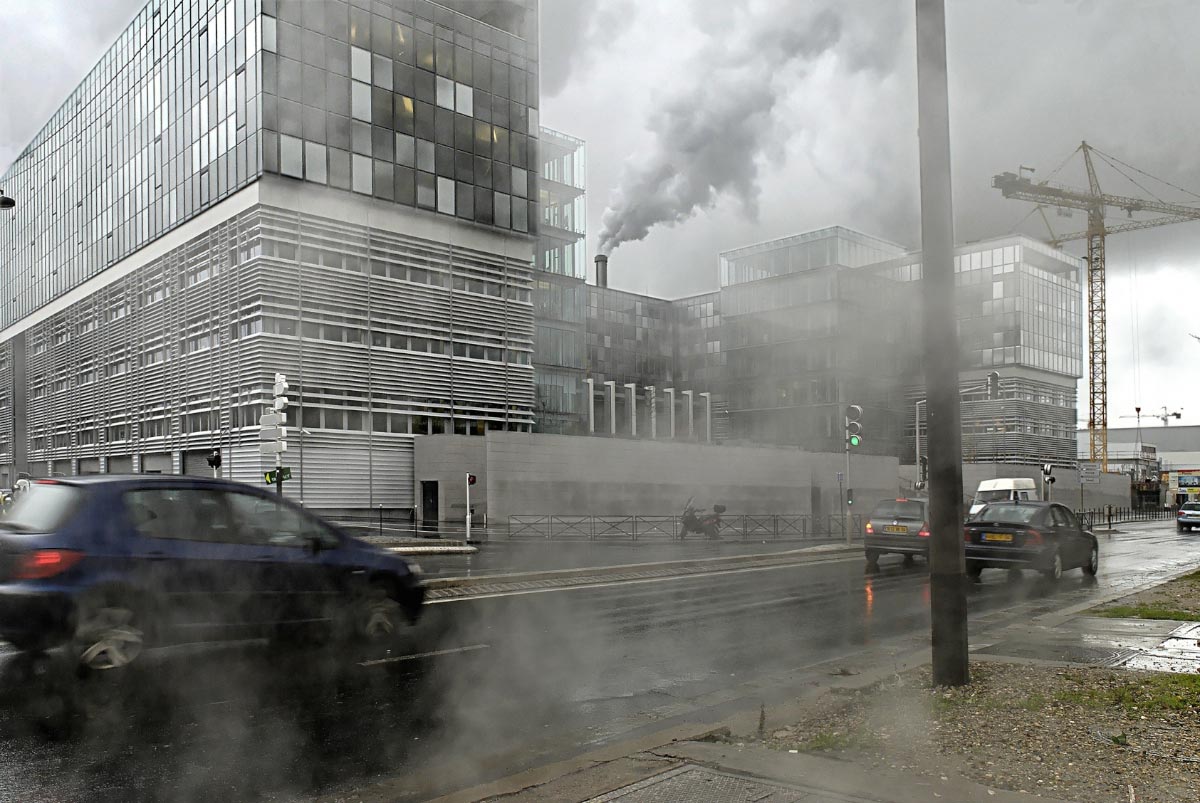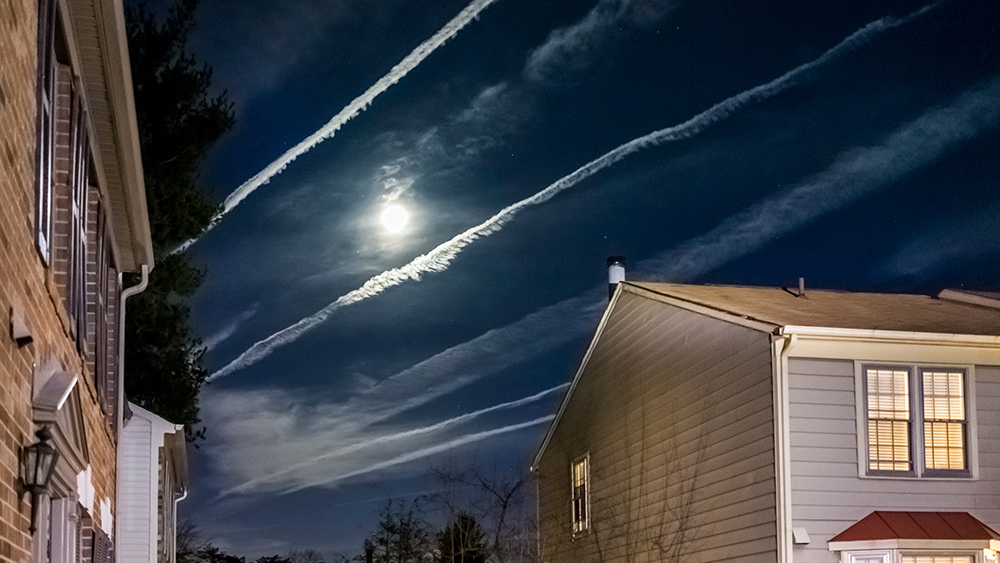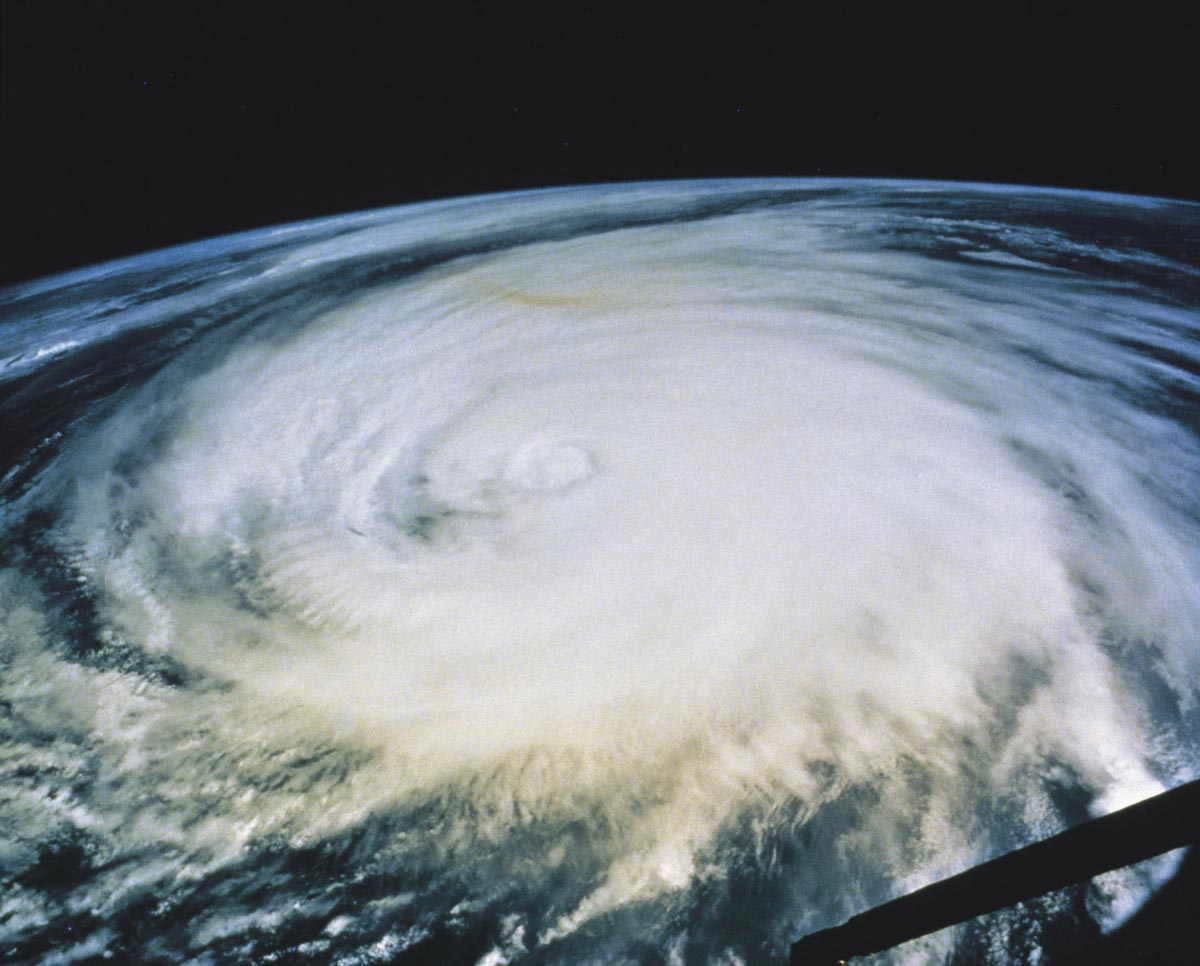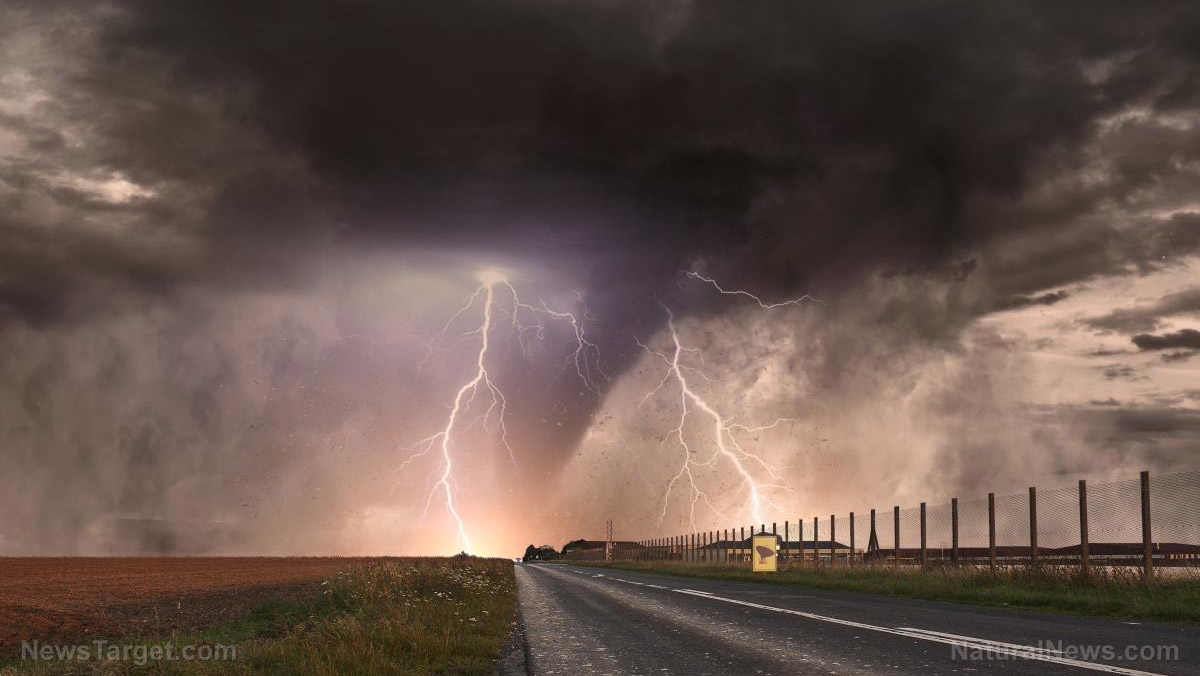Millions of Chinese at risk of death from unprecedented flooding
07/22/2020 / By Ethan Huff

All three of communist China’s largest rivers – the Yangtze, Yellow, and Huai rivers – are currently overflowing due to extreme heavy rains, threatening the lives of untold millions of people living in their flood zones.
The basins of these three rivers are among the country’s most developed and active in terms of grain production. And Chinese officials have yet to assess any of the damage that has already taken place, with much more on the way, especially if the Three Gorges Dam suffers a catastrophe.
Mudslides that recently cut into the Yangtze River have reportedly created a barrage lake in China’s Hubei Province. And if these mudslides collapse, unprecedented volumes of water will be released, inundating areas where large amounts of people live downstream.
Tens of thousands of people in the Anhui Province are also facing onslaughts of water, which have left them without electricity, clean water and telecommunications, reports indicate.
And perhaps the worst part about all of this is that there is much more heavy rain on the way in the coming days, meaning the catastrophic impact of China’s water infrastructure failing has only just begun.
China’s National Meteorological Center recently issued an extreme weather advisory that warns of heavy rains throughout the regions upstream of the Yangtze River, located to the south, as well as downstream of the Yellow River, located to the north, with the Huai River in between these two areas.
If these forecasts end up being correct, the entire basin of the Huai River is about to get inundated with rain, the accumulation of which could be as high as 2.76 inches in just one hour.
Millions of Chinese people are being displaced due to record flooding
Earlier in the week, the Chinese central government ordered that floodwaters in the Huai River be discharged to the Mengwa region in Anhui, which is the first time this has occurred in 13 years. This resulted in soy, corn and other crops being immediately destroyed.
China’s state-run Xinhua media outlet also reported that the water level of the Huai River had reached “alert” levels during the early hours of Monday morning, suggesting that an embankment breach is about to occur along the river.
In order to protect the more urban areas downstream of this area, Chinese authorities decided to flood the rural areas instead, giving residents in these areas about seven hours of pack up their valuables and flee with their loved ones.
The Chu River, a tributary of the Yangtze, reportedly had two of its dikes broken as well, releasing floodwaters to rural areas in the Hunan, Zhejiang, and Jiangxi provinces, resulting in more farmland and homes being submerged.
The flooding of the Yellow River is particular unusual because normally this does not happen even with heavy rains. This demonstrates the sheer volume of water that is currently inundating communist China.
Since the 1st of July, the Xiaolangdi Reservoir along the Yellow River has been discharging accumulated floodwaters, which threatens many areas downstream. Upstream areas along the Yellow are also flooding, threatening other areas.
In Enshi city in the Hubei Province, which is home to four million people, officials have asked area residents to prepare for an evacuation, warning that floodwaters could inundate the city at any time.
“The bank of the barrage lake may break,” state officials indicated in a public notice. “Once it happens, the waters will enter downstream [Enshi city].”
Enshi city is said to have been inundated with water ever since July 17. Because area reservoirs have been discharging water constantly with no let-up in rainfall, floodwaters did not even start to begin to recede until July 21.
For more related news about this monumental natural disaster in the making, visit Disaster.news.
Sources for this article include:
Tagged Under: China, disaster, Flooding, natural disaster, rainfall, SHTF, Three Gorges Dam, weather
RECENT NEWS & ARTICLES
COPYRIGHT © 2017 WEATHER TERRORISM




















